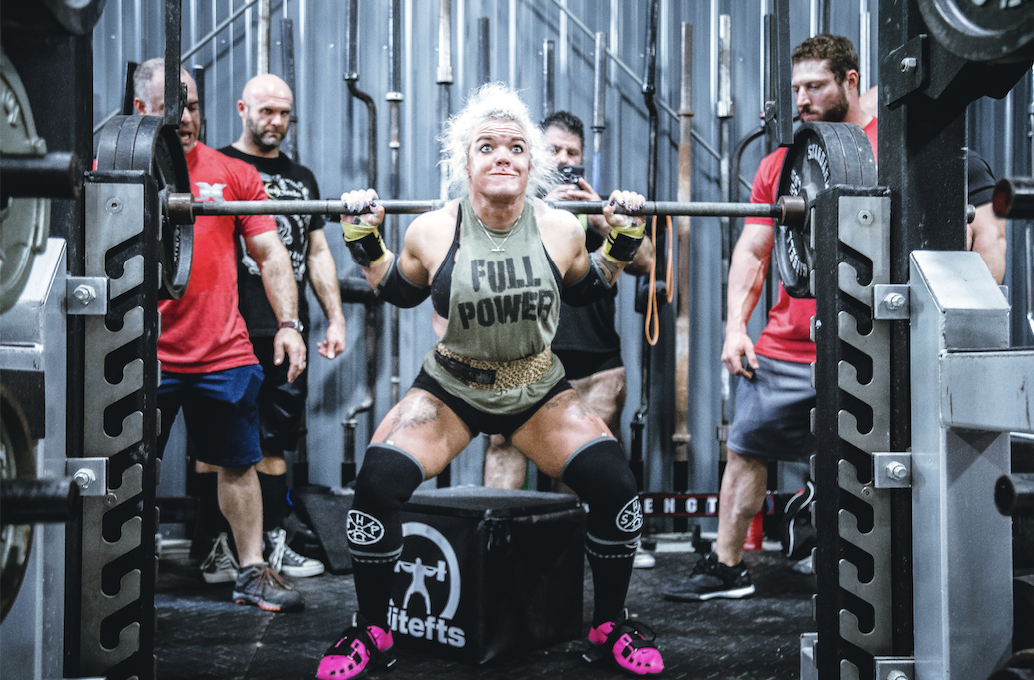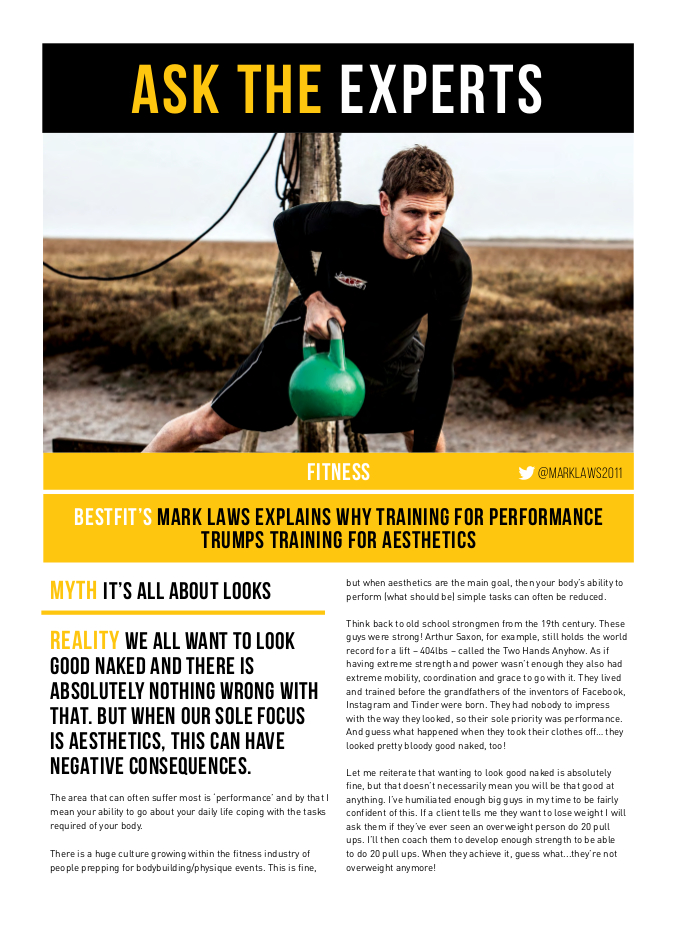Creatine: What is it and how to take it?
Creatine: What is it and how to take it?
Share
Creatine is one of the most used and researched fitness supplements, that is commonly taken by both professional and recreational athletes to enhance performance and improve recovery. The question is: what does it actually do? and who truly benefits from it?
Let’s start by looking at how creatine works in our body. It is derived from amino acids (the building blocks of protein), and is produced primarily in the liver, some is also made in the kidneys and pancreas, then mainly stored in skeletal muscle. The main function of creatine is involved in the energy creation cycle known as the ATP cycle, where it facilitates energy translocation from mitochondria to sites of ATP (adenosine triphosphate) utilisations. Energy is produces form ATP when the phosphate part of the molecule is removed. Creatine supplementation works by adding to the capacity of the body to utilise ATP during exercise and allows to create energy much faster, thus allowing you to train harder and push yourself to your limits during your sessions.
Creatine is one of the most widely studied supplements, however, the findings are often contradictory. Some studies found that it enhances performance (e.g. Earnest et al., 1994), and others found no significant effect on performance (e.g. Syrotuik et al., 2000). The research papers mostly demonstrate a positive effect of creatine supplementation on physical performance, but these results may be skewed by the fact that a lot of the research was funded by supplement companies.

It can be very confusing and unclear if we should actually take creatine, and if we do, what is the best way to take it: how often? how much? pre- or post-training? There is also the concern about potential health issues that may arise when taking the supplement and the negative effects that it may have on our long-term health.
Creatine is safe to take and there are no known side effects for healthy adults and young people. Creatine is best absorbed in the form of creatine monohydrate, which is the form it is commonly sold in. About 99% of creatine monohydrate is absorbed into the body, hence it is the most effective and best value-for-money. Creatine may have different effects on different people, but generally it does improve performance and provides more energy for the muscles during training.
The best time to take the supplement is 30 minutes prior to or just before a workout. Taking creatine too often can decrease its effectiveness, as the body gets used to it and will not respond in the same manner as before. It is better to take creatine in cycles, for example, on a week when you have an increased training capacity, you can take it, and on an easier week let your body work without it. Taking the supplement in cycles will reduce the stress placed on kidneys. The other option is to take creatine straight after a workout. Then, it becomes an aid in recovery and supports muscle building by producing more energy for muscle regeneration after the workout. Again, it is only needed after highly intense workouts.
It is worth mentioning that not everyone needs creatine supplements. We do get it from our diets: fish and meat are rich sources. The average gym-goer, who trains 3-4 times a week does not need creatine to support their gym progress or recovery, their body will be capable of producing and providing sufficient creatine on its own. People who have a more intense training schedule are the ones that will benefit for the supplement: recreational and professional athletes, body builders and individuals who take their training sessions very seriously.
Creatine is a supplement that can give benefits in performance, but it is not for everyone. You need to ask yourself if the supplement will give you additional value or not, and decide for yourself.
Disclaimer: This article is not intended as medical or nutritional advice. Supplements should always be taken with care. Please, consult your doctor before starting any supplementation regimen.
References:
Earnest C. P.; Snell, P. G.; Mitchell, T. L.; Rodriguez, R.; Almada, A. L., Medicine & Science in Sports & Exercise: May 1994, Vol. 26, Issue 5, p S39
Syrotuik, D.G.; Bell, G.J.; Burnham, R.; Sim, L.L.; Calvert, R.A.; Maclean, I.M., Journal of Strength and Conditioning Research: May 2000, p 182-190
Photo credit https://myfitstation.com/














FOLLOW BESTFIT